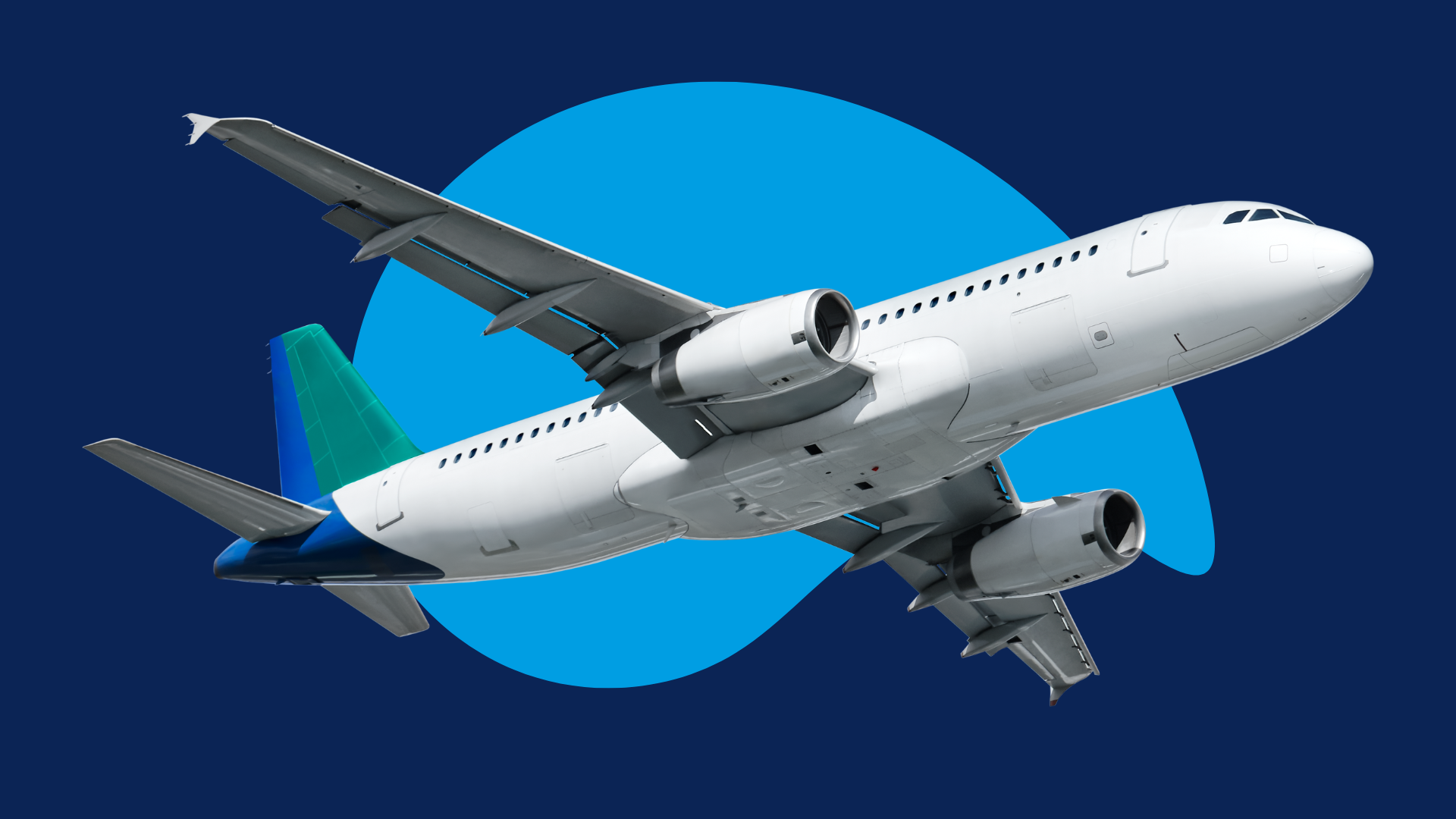Airport advertising has already become one of the most strategic spaces for brands seeking visibility, prestige, and connection with global audiences.
These environments not only bring together millions of people each year, but also attract an audience with high purchasing power, a predisposition to consume, and available time to observe, interact and remember advertising messages.
Historically, airports have been synonymous with mobility, aspiration, and modernity, and it is precisely in this context where outdoor advertising finds the ideal stage to unleash its full potential.
Airport Advertising
Unlike other outdoor media, airport advertising not only seeks massive visibility but also association with values such as quality, trust, and innovation.
A traveler, while inside an airport, is immersed in a premium environment and a different state of mind from everyday life, making each message an opportunity to generate lasting impact and brand recall.
Advertising spaces in airports can be found along the entire passenger journey: from entrances and parking lots to check-in areas, security controls, duty-free zones, boarding gates, and baggage claim areas. Each of these touchpoints represents a strategic moment of contact between brand and target audience.
Advertising Formats and Circuits in Airports
The airport environment combines a wide variety of media and formats designed to maximize visibility and adapt to the natural flow of passengers.
Some of the most notable formats include:
- Static signage and large formats: billboards, totems, and spectaculars remain a classic of outdoor advertising. Their presence in corridors, entrances, and waiting areas allows for high coverage and frequency of impact, especially in areas with heavy passenger traffic.
- Advertising in corridors, walkways, and boarding areas: boarding bridges and waiting rooms offer a unique opportunity since passengers are in a “floating attention” mode (a relaxed moment of waiting without immediate tasks), making them especially receptive to powerful or inspirational visual messages.
- Advertising in commercial spaces: retail areas inside airports represent one of the most effective moments in the traveler’s journey. Here, brands can offer sensory experiences and exclusive activations in contexts of emotional, relaxed, and yet impulsive purchasing.
- Digital screens and video walls: the growing presence of dynamic screens and DOOH/PDOOH networks, which complement static advertising while allowing flexibility, content updates, and contextual targeting, are a key part of airport advertising’s potential. These make airports ideal spaces for technology, luxury, and business brands, among others. Moreover, intelligent screen networks are currently transforming brand communication within airports.
- Outdoor supports in access roads, parking lots, and approach routes: located in high-traffic vehicular and pedestrian areas, these traditional formats ensure maximum coverage and impact frequency from the very first moments of the journey, combining visibility, spectacle, and strategic positioning. Their advantage lies in reaching not only passengers but also companions and airport staff, significantly expanding the total campaign reach from the very first meters of the route.
Benefits of Airport Advertising for Brands
Investing in airport advertising not only guarantees visibility but also positions brands in a premium, aspirational, and global context.
Among its main benefits are:
- International and high-income audience: airports connect millions of business travelers, tourists, and executives each year, generating a global reach that is difficult to replicate elsewhere.
- Association with premium values: presence in airport environments elevates brand perception, conveying exclusivity, modernity, and reliability.
- Extended exposure time: passengers spend long periods in waiting or transit areas, allowing for prolonged exposure and greater message memorability.
- Multichannel coverage: brands can design integrated strategies that accompany the traveler throughout different stages of the journey, strengthening emotional connection.
- Controlled and secure environment: unlike other types of urban furniture, airports provide a clean, organized, and safe setting that enhances visual impact and perceived quality.
Challenges and Key Considerations
Although, as we’ve seen, the benefits are numerous, a successful airport advertising strategy requires planning and coherence.
Some of the key challenges and considerations when planning an effective airport campaign include:
- Strategic location selection: not all areas of an airport have the same flow or type of traveler. Understanding routes, dwell times, and locations is essential to optimize investment.
- Message adaptation: creative assets should be tailored to different formats and traveler mindsets, whether inspiration, relaxation, shopping, or return journeys.
- Visual consistency: it’s important to maintain a consistent brand identity throughout the entire journey, harmoniously combining static and digital supports while creating storytelling and creative cohesion whenever possible.
- Collaboration with airport operators: working closely with airport management enables data-driven decisions, optimized placements, and improved campaign effectiveness. Strong relationships between providers are key to a truly successful campaign.
The Airport: A Global Showcase in Motion
Airport outdoor advertising represents an unparalleled opportunity to connect with diverse audiences in a high-value, captive environment.
Whether through large static formats, retail experiences, or digital networks, airports are consolidating as the new epicenter of global branding, where every message can become a memorable experience and every impression, a lasting connection.
Are your brand and your clients’ brands ready to take off and stand out in the world’s busiest airports?
Talk to us and take your communication to new heights!

